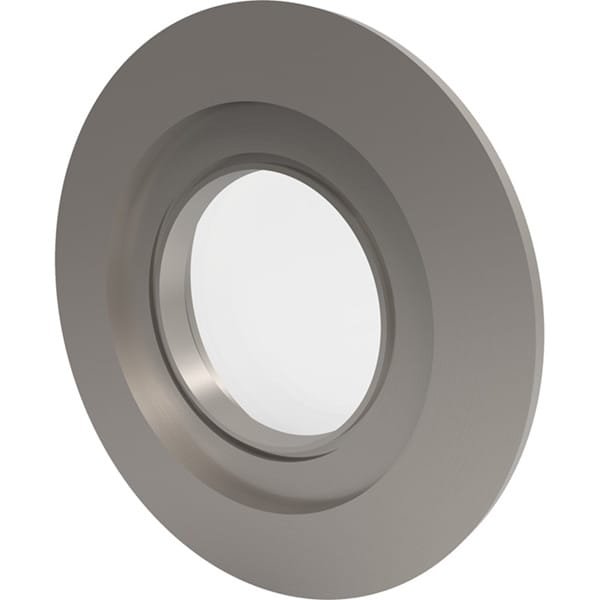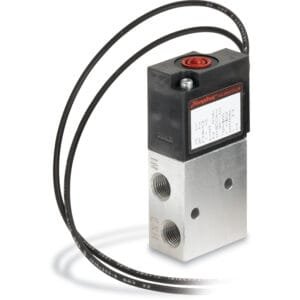KF Flanged Quartz (Fused Silica) Viewports for High-Vacuum Optical Access
KF Flanged Quartz (Fused Silica) Viewports from TFM are precision-engineered for high-vacuum (HV) environments where optical access is essential. These viewports combine the high-performance properties of fused silica (quartz) lenses with KF (also known as QF) flanges, making them ideal for systems requiring reliable optical clarity, chemical resistance, and thermal stability.
The viewports are constructed from premium-grade fused silica, known for its broad transmission range from deep ultraviolet (UV) to near-infrared (NIR). This material provides low absorption and minimal distortion, supporting applications in spectroscopy, laser diagnostics, visual inspection, and other photon-based processes.
Each viewport is sealed into a KF flanged body—typically made from 304L stainless steel or aluminum—using a mechanical compression design in conjunction with a centering ring and elastomeric o-ring. This ensures a vacuum-tight connection suitable for pressures down to 10⁻⁷ Torr, depending on the o-ring material and system configuration.
For systems involving plasma processing, sputtering, or material deposition, the use of a viewport shutter is strongly recommended. Quartz surfaces can suffer from optical degradation due to deposition buildup, which may affect laser alignment or sensor readings.
Key Features of KF Flanged Quartz (Fused Silica) Viewports:
Vacuum Compatibility: Designed for high-vacuum environments and suitable for base pressures below 10⁻⁷ Torr.
Broad Spectral Transmission: Fused silica lens supports 200 nm to 2500 nm wavelength applications.
KF (QF) Flange Integration: Available in standard KF-16, KF-25, KF-40, and KF-50 sizes for quick and secure installation using centering rings and clamps.
Thermal and Chemical Resistance: Quartz lenses offer excellent resistance to temperature changes and aggressive chemical vapors.
Compact and Versatile: KF Flanged Quartz (Fused Silica) Viewports are ideal for use in forelines, diagnostic ports, or viewing access points in laboratory-scale vacuum setups.
Typical Applications:
Laser beam entry or exit points
Visual monitoring inside vacuum chambers
UV curing and photolithography systems
Plasma and thin-film deposition inspection
TFM’s KF Flanged Quartz (Fused Silica) Viewports offer a compact and efficient solution for achieving optical access in HV systems, where quality, reliability, and vacuum compatibility are critical. Whether you’re building a research instrument or retrofitting an industrial chamber, these viewports help ensure clarity and seal integrity under demanding conditions.




Reviews
There are no reviews yet.